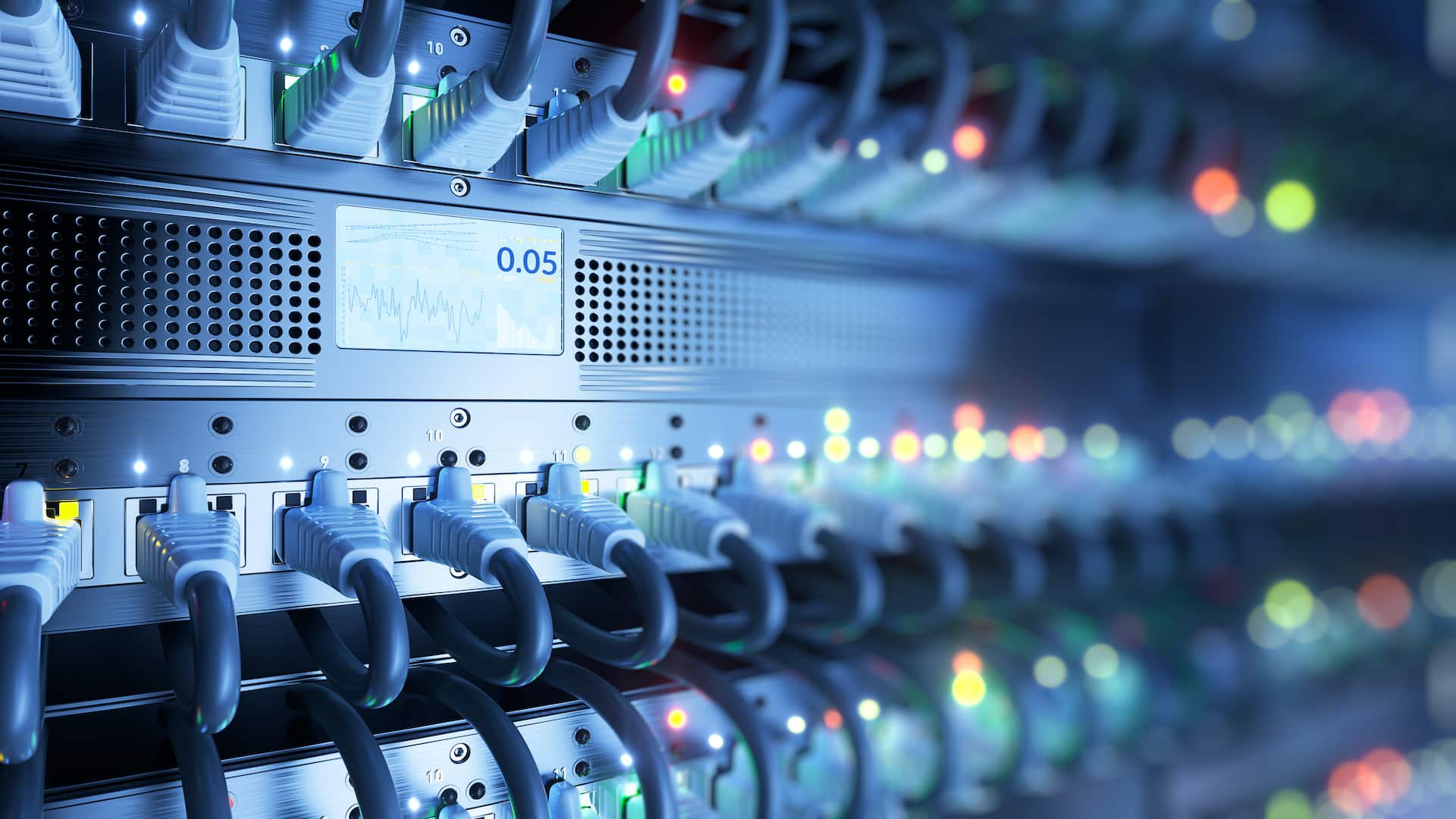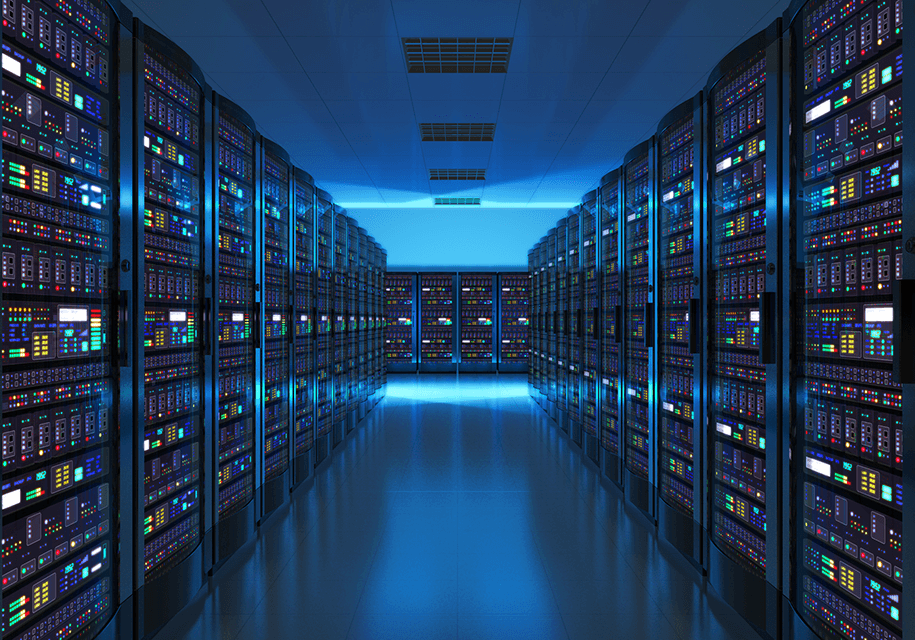Majority of companies utilize some sort of wireless internet connectivity, also known as Wi-Fi, during their daily business operations. When discussing the different speeds of routers and the data they can transfer, many do not fully understand what this all means. Continue reading to learn more about dual band routers and how your organization can benefit from this information.
What is a Dual Band Router and How Does it Work?
First, a dual band router connects to your modem. It can transmit two different speeds of wireless connections simultaneously, a 2.4 GHz and a 5.0 GHz. Obviously, one connection, 5.0 GHz, is faster than the other, making it optimal for specific tasks. Although it varies, typically a 2.4 GHz connection can support speeds up to 600 Mbps. While a 5.0 GHz connection is capable of supporting speeds up to 1300 Mbps. These speeds are considered the maximum. The speed you actually get will all depend on the technology you are using and the specific transfer protocols that it utilizes.
As previously mentioned, these speeds are ideal conditions and may never be fully achieved. Therefore, we recommended that you use both types of networks simultaneously. This will help you get the most out of your wireless technology.
What should run on the 2.4 GHz connection?
The 2.4 GHz connection can be beneficial as its range is larger. Also, it can go through walls and solid objects much easier. Unfortunately, since it can be used by so many devices, the connection ends up being poor. Thus, making it not the best choice when it comes to connectivity.
What should run on the 5.0 GHz connection?
Clearly, the 5.0 GHz connection is much more ideal in comparison as it has higher wireless speeds and reliability. On the other hand, this type of connection uses short range signals that are not able to penetrate through walls and objects. To make up for this, some people use signal boosters to improve the range of their connection. If you can invest in this technology, it is worth it to have enhanced reliability and stability of the internet connection.
What is the Best Connection for You?
In the majority of situations, a 5.0 GHz connection will be better than a 2.4 GHz. Although it is important to keep in mind that some devices do not give much of a choice with which connection should be utilized. Some devices are simply not compatible with others, forcing you to choose one over the other. A dual band router is commonly used in both the consumer and business environment to help alleviate this issue. Since some devices require the reliable connection of a 5.0 GHz, while others can thrive on the slower, 2.4 GHz connection. It can be helpful to keep some devices off the 5.0 GHz network to help improve the quality and speed of the overall connection.
If you notice that some devices are losing their connections more frequently than you would want, you can always make adjustments, provided that the device is compatible with both networks. A wired connection is typically preferred for situations where reliability is an absolute must.
If your business needs wireless internet connectivity installed or if you want to learn more information, you know you can contact us at 4 Corner IT for all of your needs. Call us today at 954.474.2204.



